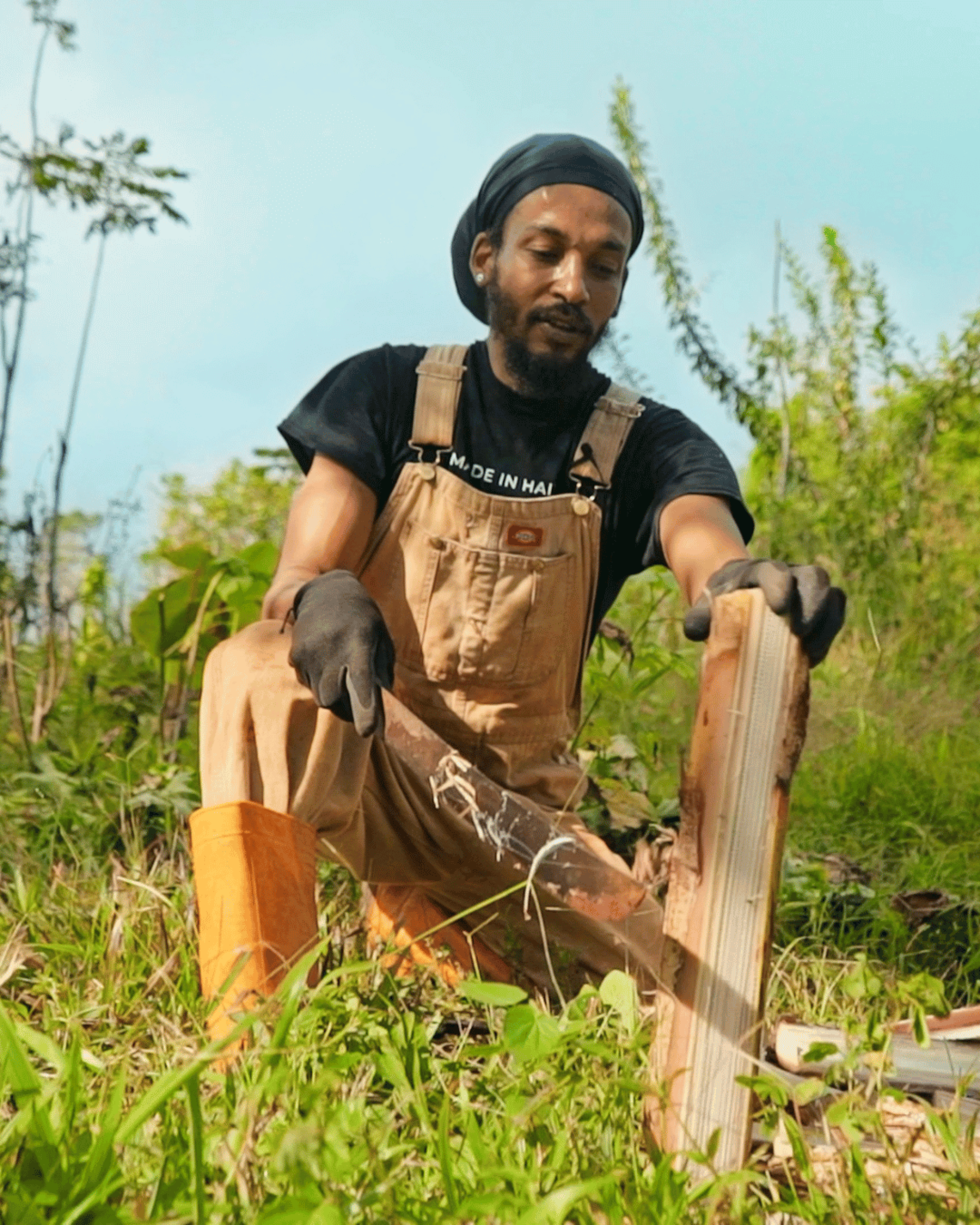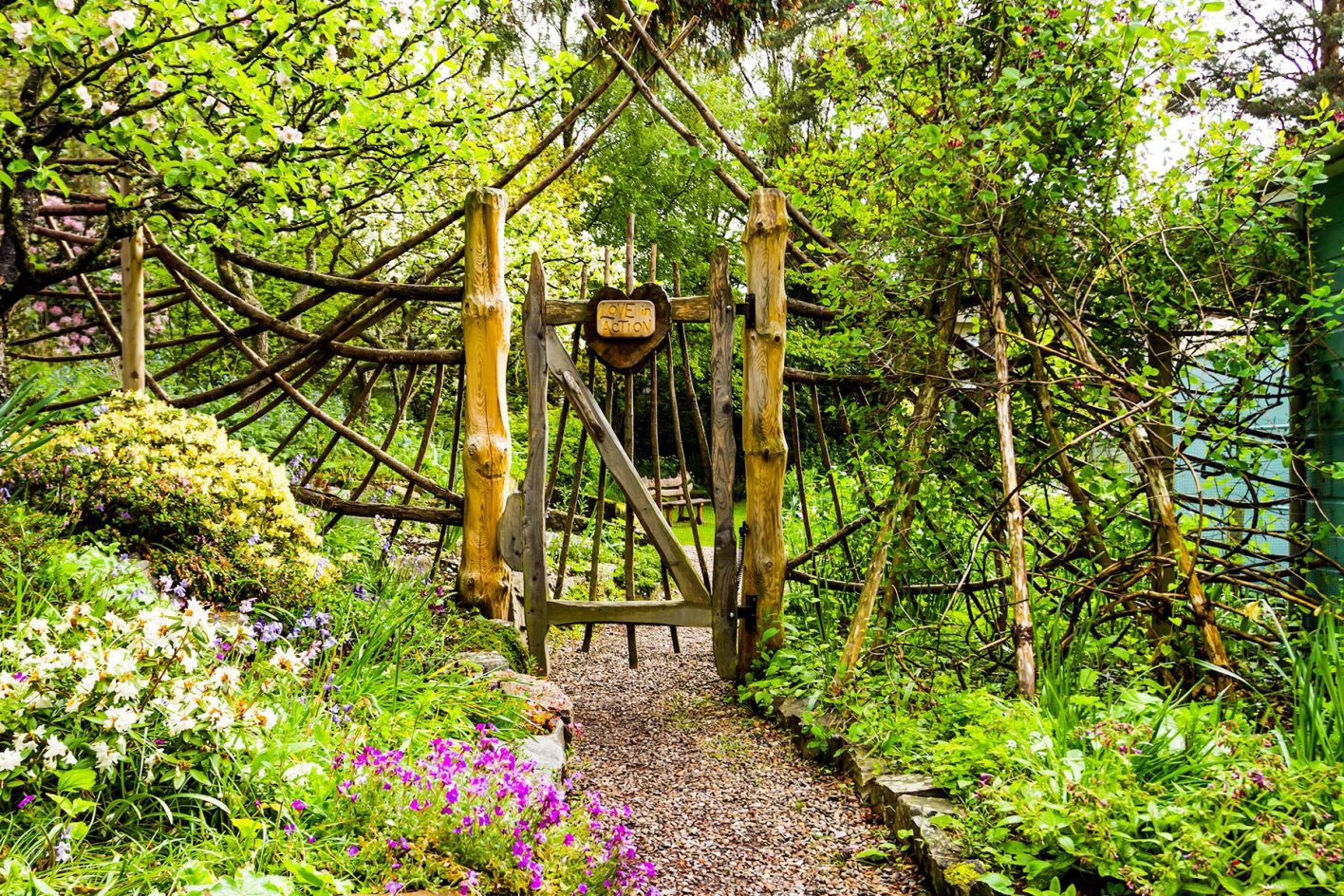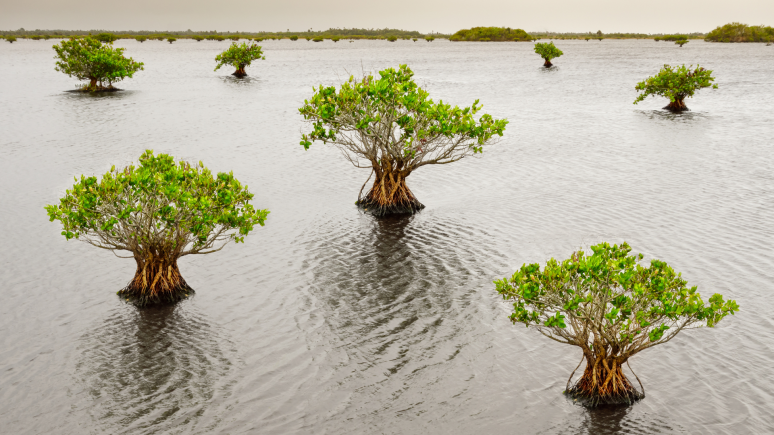
4 Incredible Food Forests Across 4 Continents
Food Forests possess the remarkable ability to convert barren land into thriving, abundant ecosystems. In this blog, we aim to inspire and enlighten you about the immense potential that food forests hold. Join us as we shine a light on three extraordinary food forests from North America, Australasia and Europe.
Each food forest showcases the transformative power of permaculture and regenerative agriculture and reminds us how we all have the ability to create flourishing ecosystems that harmoniously coexist with nature.
1. Inraren Food Forest.
Between Inraren and Tamzergourte, Morocco.
This Moroccan utopia, located near Inraren, is an incredible example of the long-term benefits of food forests in sustaining communities for generations and increasing biodiversity. Spanning 65 acres, this ancient food forest is believed to have roots dating back hundreds of years. This captivating ecosystem remains undocumented, adding an air of mystery to its origins.
2. Findhorn Food Forest.
Scotland, Europe

Known as “The Edible Woodland Garden”, this is a fantastic example of a thriving food forest in a cooler and wetter environment. In development since 2013, and modest in size at 20x30m, this food forest is part of Findhorn Hinterland Trust woodland conservation project. The wider network of biodynamic farming projects serves the Foundation’s kitchens as well as over one hundred individual households in the community.
3. The South Coast Environment Society’s Forest Garden.
New Zealand, Australasia.
Robert and Robyn Guyton established a food forest on their property in Riverton, on New Zealand’s South Island. Featuring a wide variety of edible plants, including fruit trees, nuts, and perennial vegetables, they also promote sustainable land use and community engagement. In this video, Robert gives a tour of the stunning environment.
4. The Paradise Lot Food Forest.
United States, North America.
Jonathan Bates and Eric Toensmeier own a 1/10 acre urban backyard garden in Holyoke, Massachusetts, which they transformed into a thriving food forest. Their flourishing space demonstrates the possibilities of utilising limited space to create diverse and productive edible ecosystems.


